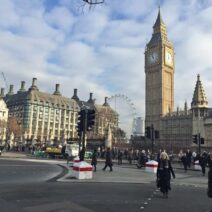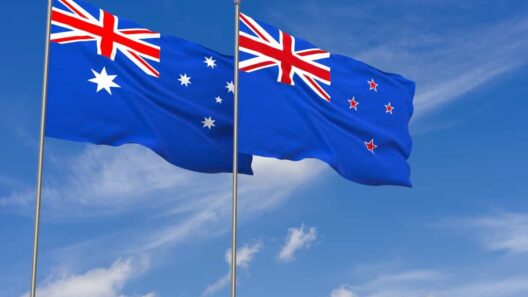You may have noticed that there are two types of working holiday visas available to Australian citizens:
-
Working Holiday Visas
-
Work and Holiday Visas
Although the two visa types are very similar, there are subtle differences.
Working Holiday Visas
Working Holiday Visas are equivalent to Australia’s Working holiday (subclass 417) visa. These visas are generally easier to get, have higher (or no) capacity limits, and are less restrictive.
All countries that already had reciprocal working holiday programs with Australia prior to 2006, such as the UK, France, Japan or Canada, have “Working Holiday” visa agreements.
Work and Holiday Visas
Since 2006, many of Australia’s new reciprocal working holiday agreements have been made on the basis of the “Work and Holiday” (subclass 462) visa. These visas place more restrictions on backpackers coming to Australia, such as English language and education requirements.
People applying for a Work and Holiday visa in Australia need to speak functional English, hold or be studying towards a university degree, and have the support of their own government.
Generally, the maximum number of people from either country who can apply for a Work and Holiday Visa in the other country, in a given year, is also more limited. (You can check which countries have caps on the Department of Home Affairs website.)
The implications for Australians
Each of Australia’s working holiday maker agreements with other countries are reciprocal. This means, in general, that the same rules apply to foreigners coming to Australia as would apply to Australian working holiday makers travelling to that country.
So, if you’re applying for a Work and Holiday visa, it’s likely that there will be stricter eligibility requirements. In particular, you may need to:
-
Hold tertiary qualifications or have successfully completed at least two years of full-time university study
-
In some cases, speak the language of the other country with at least a “functional” level
-
In some cases, apply for an Australian government letter of support
You can check our matrix of working holiday visa requirements by country to see which countries require educational attainment or language skills to apply for a Work & Holiday visa.
The Australian Department of Home Affairs website has a list of all countries with reciprocal Working Holiday, and Work & Holiday arrangements.













Is Indian passport eligible for holiday work visa in Australia ?
Please have a read of the comments here: https://workingholiday.au/australia-to-offer-work-holiday-visas-to-indians/
A pre-application process will open later this year: https://immi.homeaffairs.gov.au/what-we-do/whm-program/latest-news/new-work-and-holiday-subclass-462-visa-pre-application-process